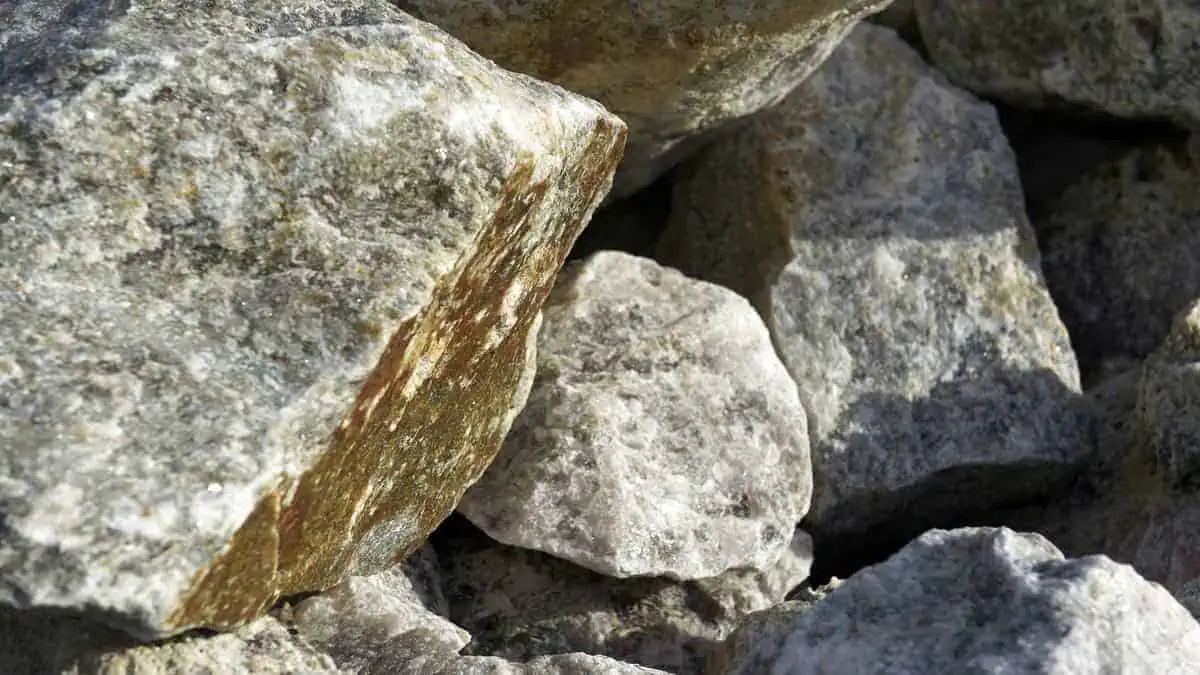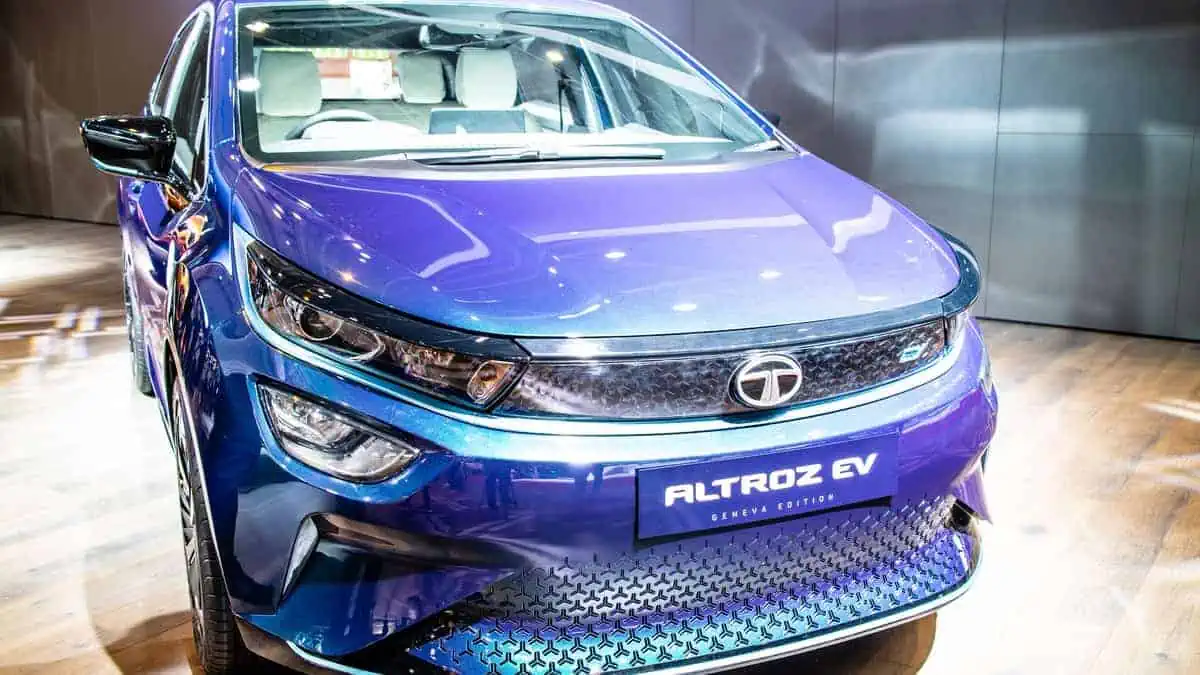Iran claims to have discovered a massive deposit of lithium in one of its western provinces, per CNBC. As we all know, lithium is a critical component in battery technology for devices and electric vehicles.
“For the first time in Iran, a lithium reserve has been discovered in Hamedan.”
Mohammad Hadi Ahmadi, Iran’s Ministry of Industry, Mines, and Trade official
Ahmadi noted that Hamedan is a mountainous province in the country’s western region.
8.5 million white gold deposits
The ministry claims the deposit contains 8.5 million tons of lithium, also known as “white gold” in the rapidly expanding electric vehicle industry. If the claimed figure is correct, the deposit would be the world’s second-largest known lithium reserve after Chile. It has 9.2 million metric tons of the said metal, according to the US Geological Survey.
For context, the profitable element is essential in the cathodes of lithium-ion batteries used in EVs and rechargeable batteries utilized in mobile phones. The metal’s price has skyrocketed in the last year due to increased demand for electric vehicle parts, global supply chain issues, and inflation.
Still, it has recently dropped, undertaking a correction amid a decline in EV sales and slow business activity in China, the world’s fastest-growing EV market.
If confirmed, Iran’s lithium deposit news would be a lifeline for the country’s battered economy.
Iran would undoubtedly benefit from the ability to export such valuable resources — through its trading partners would likely be generally limited to those sanctions. In retrospect, it was weighed down by many years of heavy global sanctions and faced a soaring currency, which hit its lowest level against the dollar in late February.
Goldman expects projects lithium price to decline
Separated from the global financial system, Iran keeps facing sanctions from Western nations, which accuse Tehran of supplying Russia with weapons for its war in Ukraine.
Regarding the worldwide lithium market, such inclusion in the world’s known reserves could drive down metal prices even further, depending on Iran’s ability to export.
Furthermore, Iran is one of the world’s top oil and gas producers. Still, its absence to export widely due to sanctions has limited its ability to generate revenue and foreign currency and contribute to global supply.
Goldman Sachs analysts predict that the price of lithium will continue to fall.
“Over the next 9-12 months, we are progressively more constructive on base metals whilst expecting a move lower in lithium prices alongside cobalt and nickel.”
Goldman Sachs
Goldman expects lithium supply to grow by 34% year on year over the next two years, led by Australia and China, which have some of the world’s most extensive metal supplies.
“Hence, whilst a recovery in EV sales into 23Q2-Q3 could temporarily lift sentiment and support falling battery metal prices, the likely supply surge and downstream overcapacity are set to bring lithium prices down subsequently in the medium term.”
Goldman Sachs






